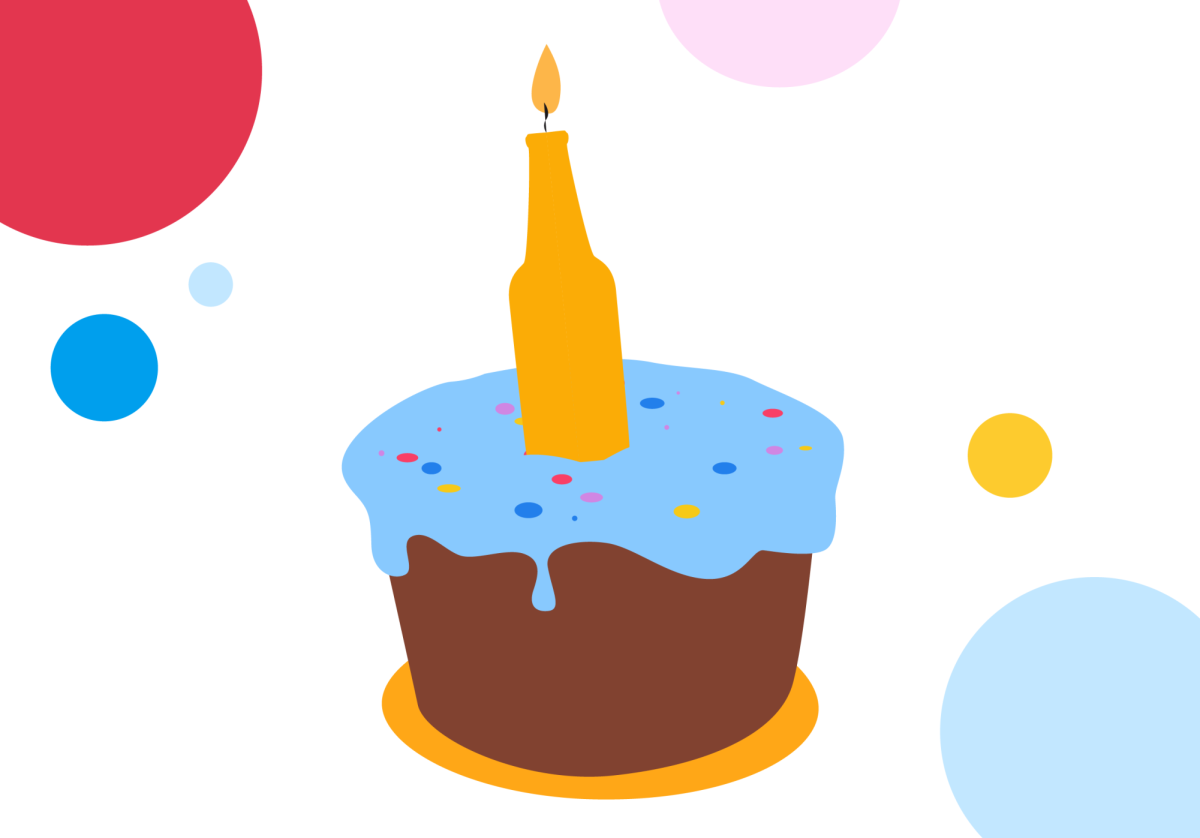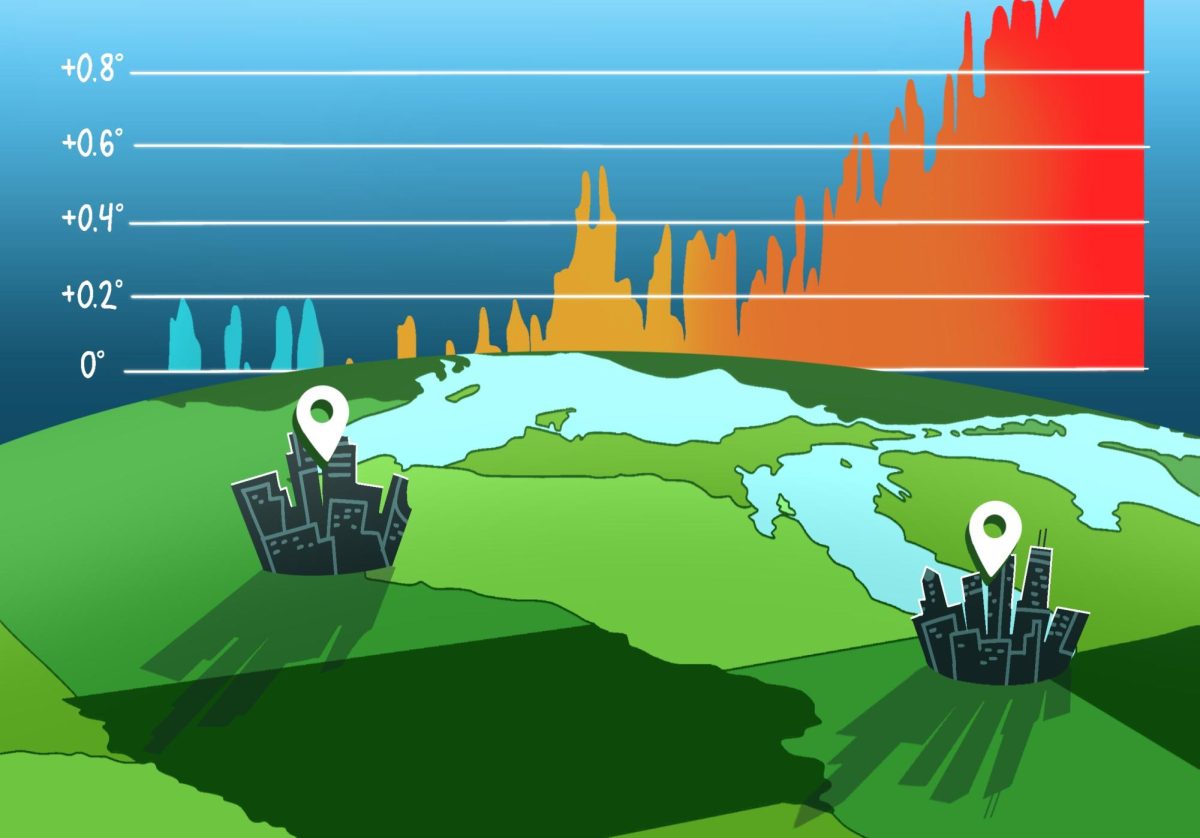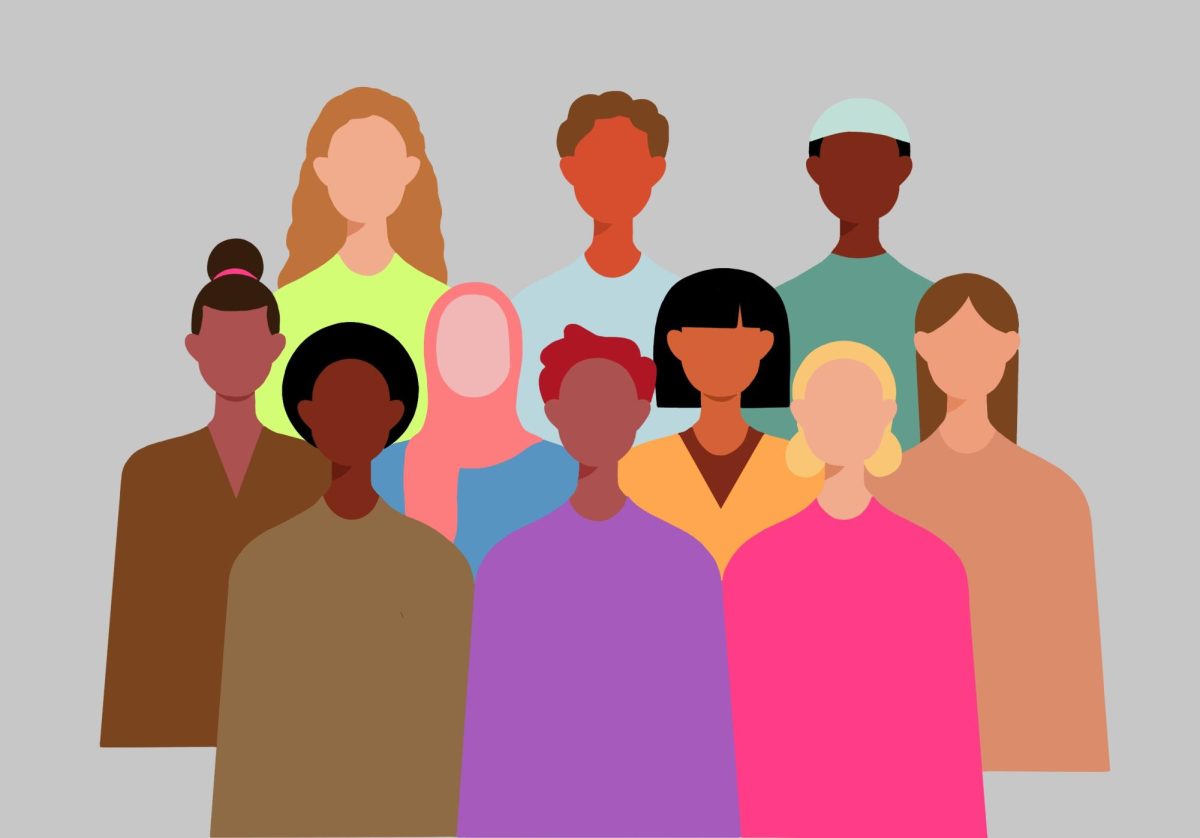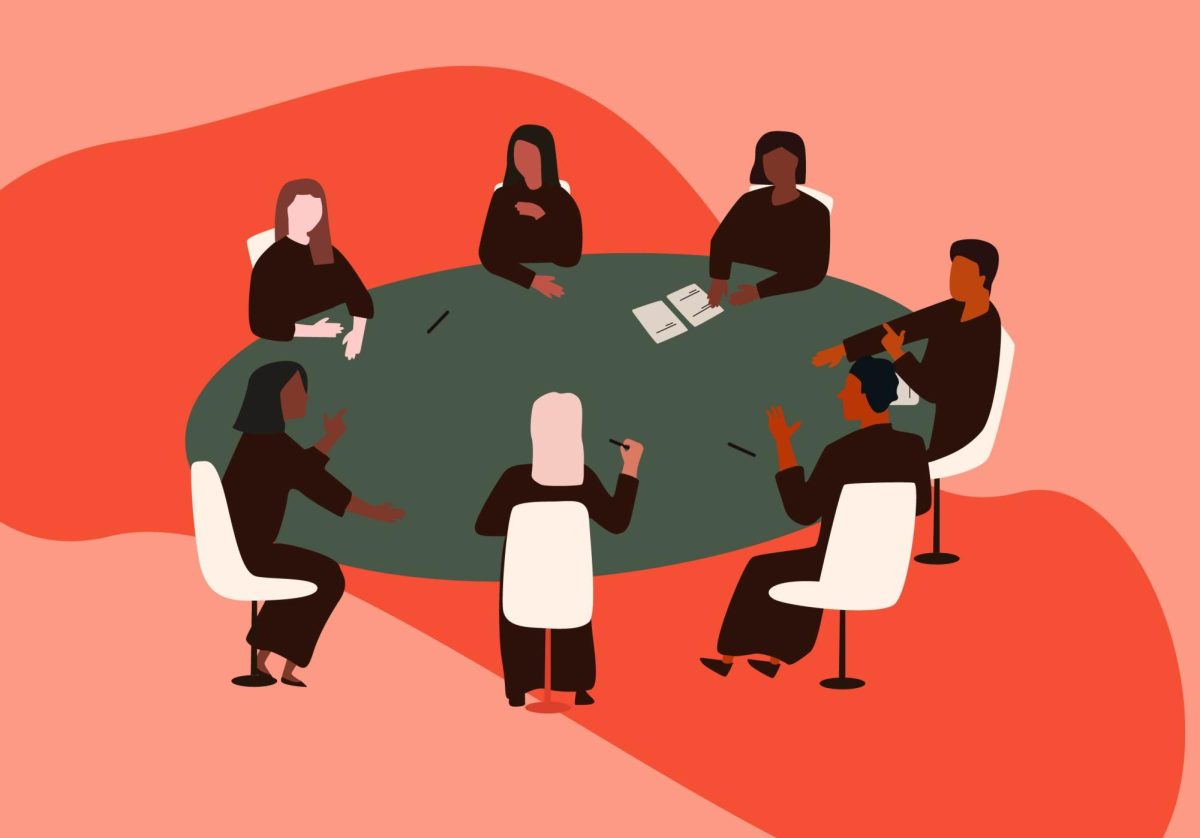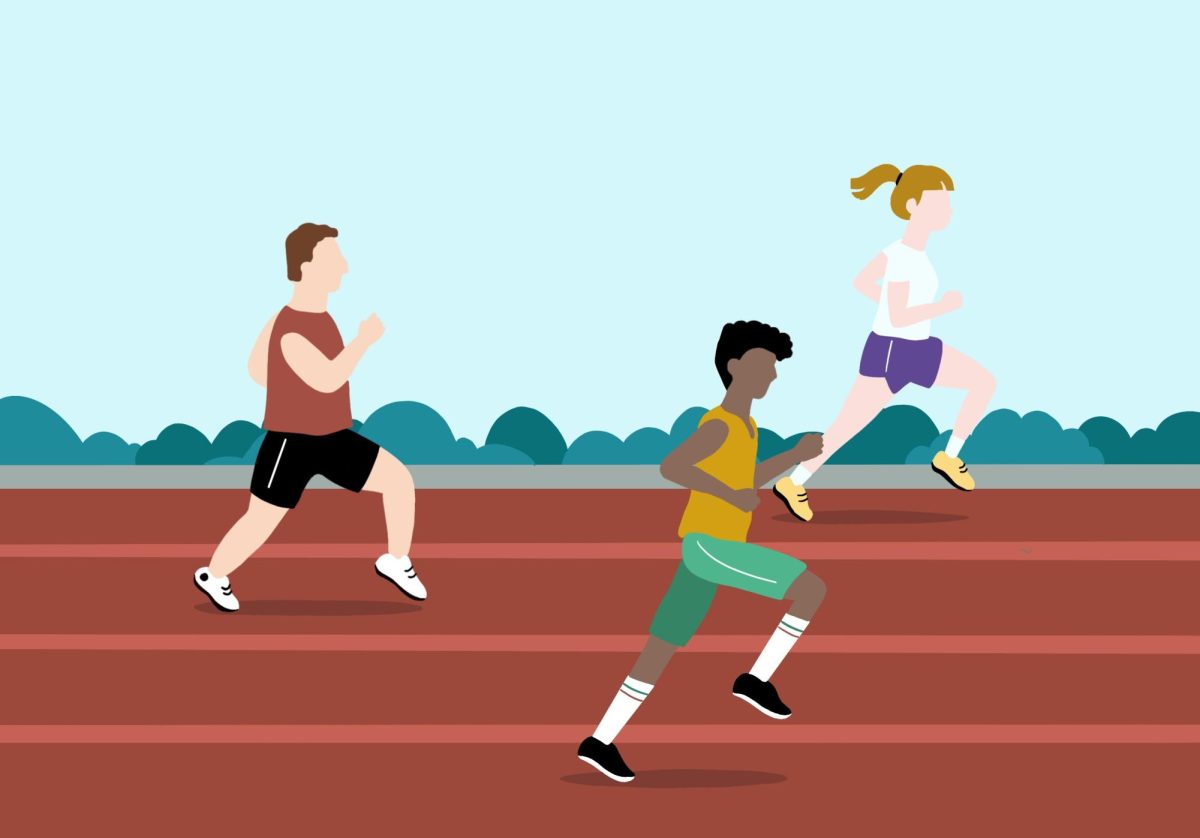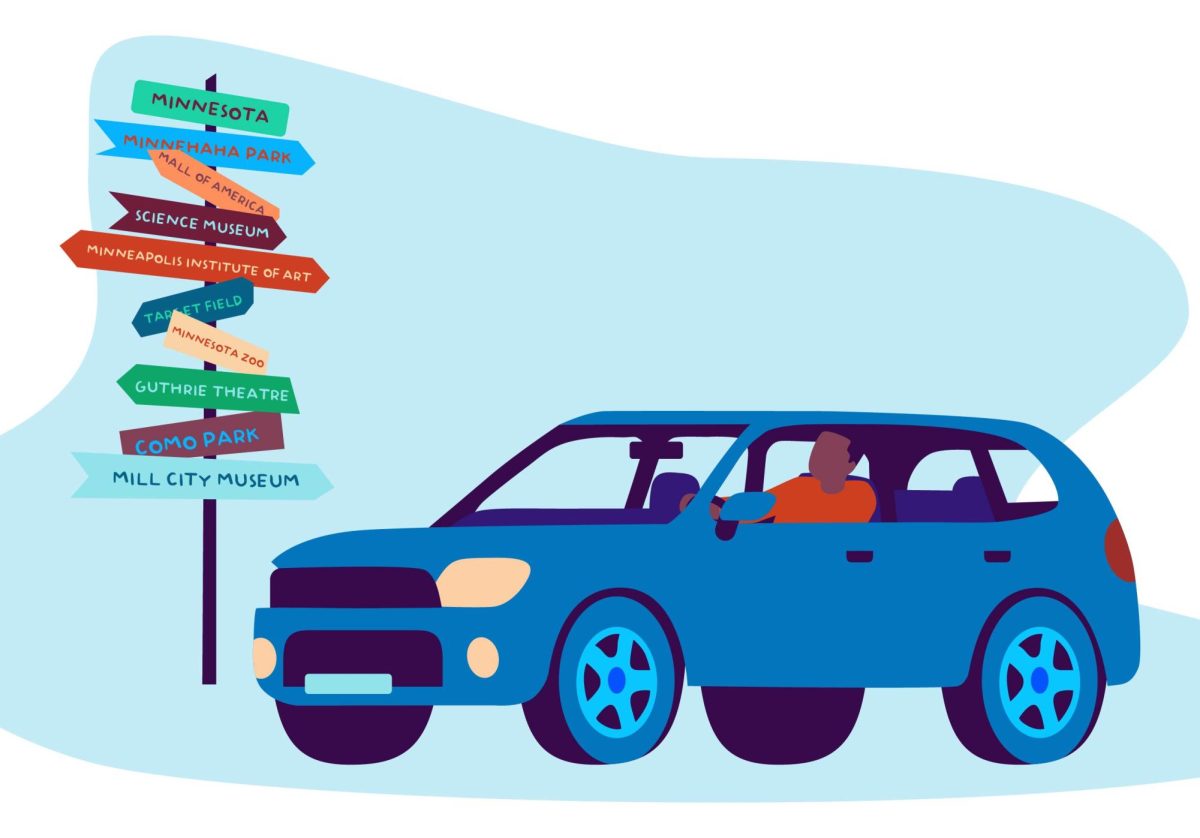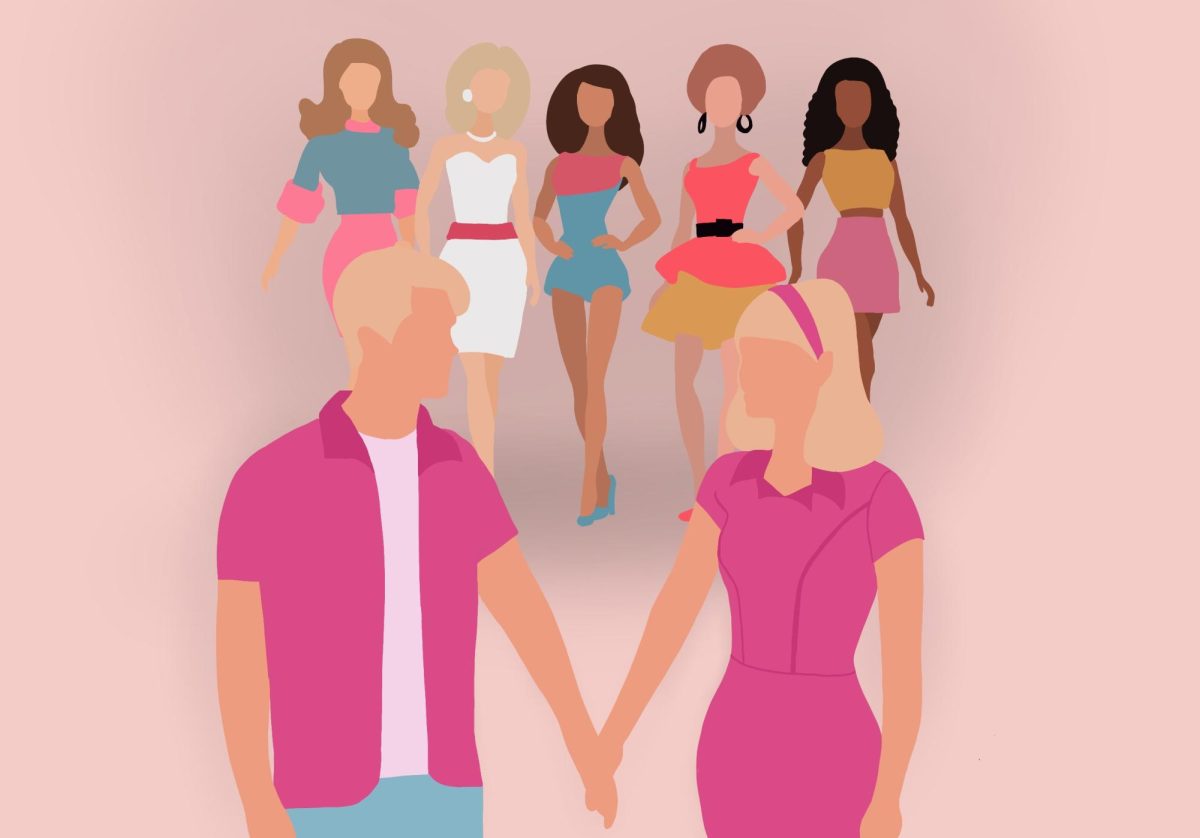Public health can be a touchy subject, but I’m not going to mince words: the drinking age is a little outdated.
First, let’s state the obvious: Underage people drink all the time, especially on college campuses. Millions of underage people report not only drinking regularly but also binge drinking. With older siblings, friends, fake IDs or even especially lenient parents, getting your nubile little hands on some booze is not a difficult task.
Next, let’s look at the international community: 64% of countries have their legal drinking age set at 18. While the U.S. certainly isn’t the only one that sets the minimum at 21 — some have theirs even higher — it’s notable to consider how strict the laws in the U.S. seem by comparison.
Perhaps the most compelling argument for lowering the drinking age is how the current limit contributes to a culture of mysticism and intrigue around alcohol. For underage people, the march to 21 can seem lightyears long. Where kids can sit in the passenger seat, drive, vote and do some other stuff by the age of majority, keeping liquor just out of reach for legal adults seems unfair.
Alcohol becomes mysterious and alluring, a cynosure of esoteric pleasure reserved for the very-old. Consequently, when young people get ahold of alcohol, whether upon reaching the legal age or long before, they tend to underestimate it.
The drinking age was raised for a reason, but I believe that reason was misguided. That’s not to admonish the decision completely because it has had marked benefits.
“The drinking age has actually been very effective,” said Traci Toomey, a professor in the Division of Epidemiology and Community Health at the School of Public Health at the University of Minnesota. “There have been many reviews of the drinking age literature, and it has been very effective in preventing traffic crashes. Some data shows that it may prevent other problems like suicides and other problems associated with alcohol.”
Traffic crashes were the main reason the drinking age was raised in the first place, Toomey said. Following prohibition, the legal drinking age was actually initially set at 21, where it sits today.
When states began to change the age of majority to 18, mostly due to the draft, the drinking age changed with it across the country. Some kept it the same, and some lowered it to the ages of 18, 19 or 20. This allowed researchers to study the effects of the policy change on traffic crashes, Toomey said.
Unlike the ingredients in a delicious cocktail, cars, teenagers and alcohol don’t mix well. Traffic crashes in the age group increased, owed to the influence of alcohol. Understandably, their mothers, and the mothers of the people they killed, got mad, and they created the non-profit group Mothers Against Drunk Driving (MADD).
MADD has “worked tirelessly” to get laws restricting drinking enacted. One of their biggest successes was achieved in 1984, when Congress passed the National Minimum Drinking Age Act. It didn’t technically set a federal drinking age; rather, it “encouraged” states to raise the age by promising to withhold federal highway dollars if they didn’t.
“It was actually signed by President Reagan, who was actually a states-rights politician and president,” Toomey said.
All states eventually complied, and the purchase of alcohol was restricted from people below 21 years of age. It helped beyond what other measures could do, according to Toomey.
“Education alone isn’t going to be enough,” Toomey said. “I’m not saying education is bad. I think it never hurts to educate someone, but what research has shown is that just education alone, across fields, but specifically looking at alcohol prevention, is not sufficient to reduce use or problems among young people.”
The statistics vary by country, but often areas with lower drinking ages have more dangerous behavior associated with alcohol than the U.S. does in younger age groups, Toomey said. Binge drinking is a particularly prevalent problem, especially where the driving age is higher, Toomey added.
I don’t want people to die in drunk-driving accidents, and I don’t want kids binge drinking all the time, but I do want the drinking age lowered. I believe there is a way to reconcile those desires.
Educating people about the dangers of excessive drinking would be integral to ensuring a smooth transition. Just teach kids how to drink responsibly instead of waiting for them to go to college before they get any information on how to keep themselves safe.
Teaching kids about the dangers of drunk driving is already commonplace in a lot of schools, but I don’t think it goes far enough. I tried on “drunk goggles” in high school, and I only remember how excited I was to get plastered for real so I could see how the actual experience compared.
Schools have to go much, much further to demonstrate the devastation of drunk driving, because I can’t imagine they go far enough. Bring in speakers to give firsthand accounts. Bring kids to prisons. For all I care, show them car crash compilations. Drill into their skulls that drunk driving leads to death.
Finally, teach about alcohol like it’s a normal part of life — which it is! Educators shouldn’t dance around the topic with shame or rush through it as quickly as possible. Let kids learn about alcohol, let them question it and develop a healthy relationship to it before they consume any of it.
Teachers should leverage the power they have to make things uncool. Maybe then kids wouldn’t be so comfortable puking up Pink Whitney.
Additionally, enforcing the laws that regulate alcohol right now would prepare the country for a shift. Crimes have gray areas, but drunk driving should never be taken lightly. It often is.
I’m not much for law enforcement, but working within the system we have, being more strict and really making alcohol harder for young people to get would build the groundwork for a lowered drinking age to be successful. Card every person and scan every card.
Imagine the possibilities with me for a moment: How many fewer petty crimes would college students commit if they could buy booze legally? How many tragic deaths could be prevented with more education? How much less youth drinking would take place if kids really knew the pros and cons?
Maybe I just feel slighted not having been able to buy alcohol before this year (my senior year), but I truly believe society could benefit from a lower drinking age, if only with some societal scaffolding. We can trust young people to drink responsibly if we give them the proper tools to do so.
Also, this is a Ronald Reagan policy, and his legacy should be erased.










